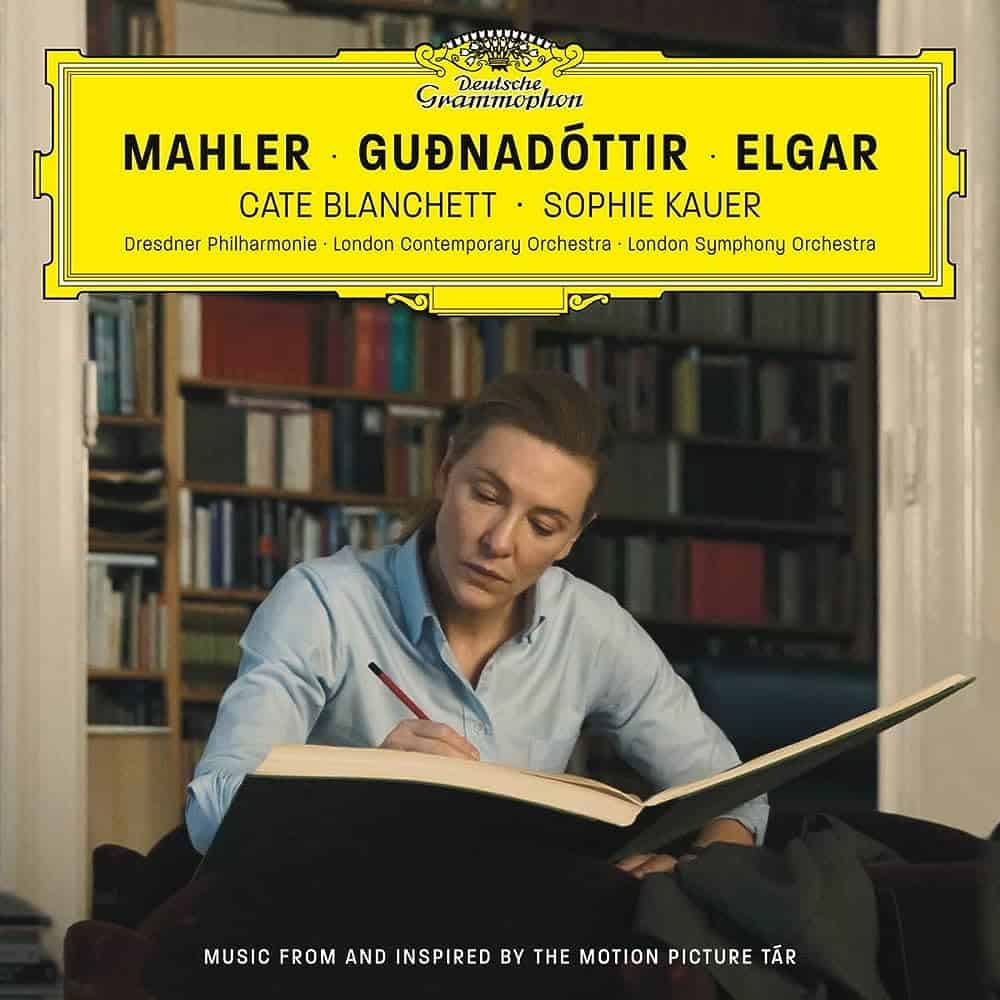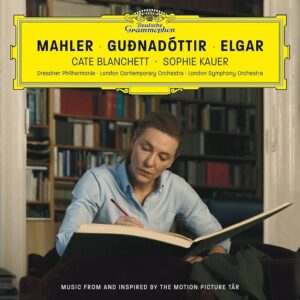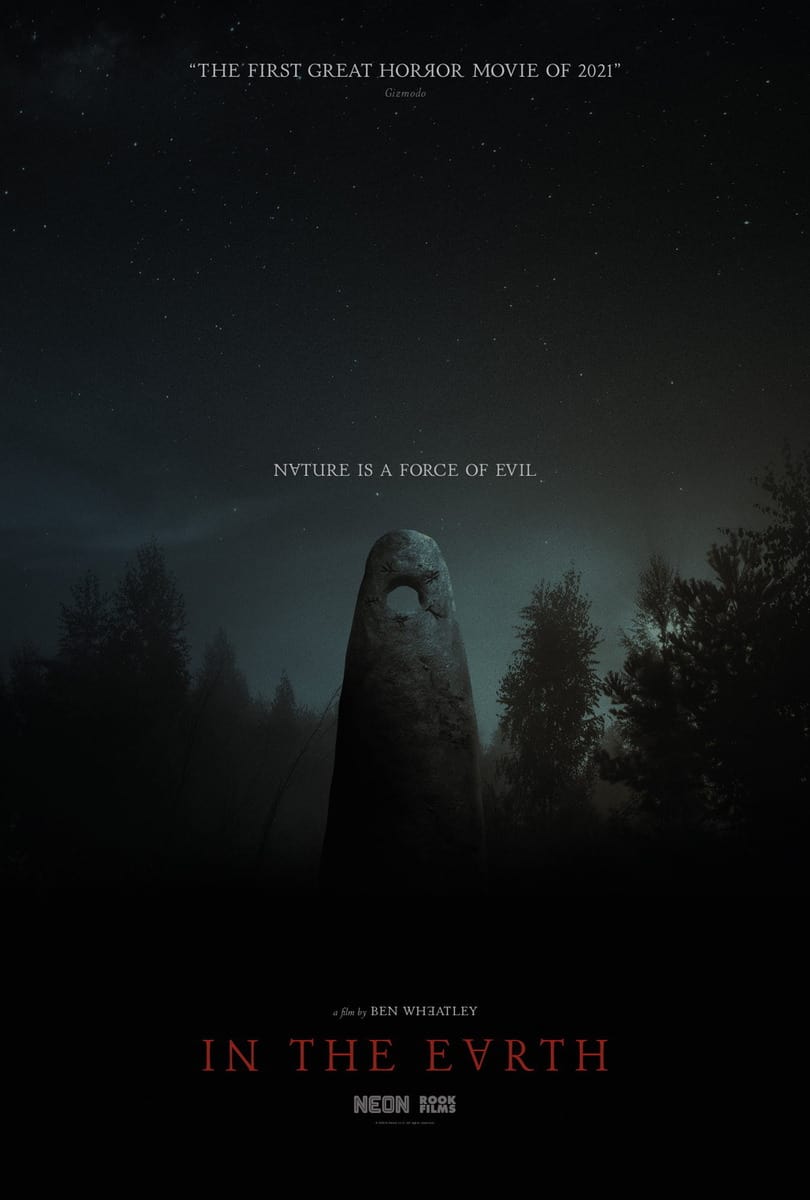
Any discussion of the music of Tár must first start with the idea that the film has no score. I saw this constantly repeated, particularly when the film’s score was up for a number of awards and critics’ recognitions in late 2022 and early 2023 (a curiosity worth its own exploration). So, I was then surprised to watch the film and hear a noticeable score, albeit one that could easily be missed. Hildur Guðnadóttir’s score – as it appears in the film – consists of incessant, primordial drones, constant hums that could easily be mistaken for the sounds of forgotten appliances. While musically they do not seem to be anything extraordinary, conceptually they are.
As the titular Lydia Tár feels her world gradually slip away, she’s stalked by fear and memory. Her hauntings come in the form of chronic nighttime beeps, hunting black dogs, and the specter of dead girls. Eventually, she does not even feel the respite of silence.
The score release itself is even more intriguing, blurring the borders between our world and the fictionalized world of Tár. For example, there are two versions of the track “For Petra”, a piece of music that Lydia Tár is in the process of writing throughout the film. The first version is a short vocalization without accompaniment that is both eerie and longing (in fact, it’s supposedly a voice memo that Guðnadóttir sang of the main melody). The second is more fleshed out and droning, with a full performance by the London Contemporary Orchestra. However, the latter is buttressed by two brief sets of remarks by the Guðnadóttir, the film’s composer, giving notes on how the piece should be performed and then applauding the performance.
Further into the release are a number of excerpts of performances of classical pieces, including by Gustav Mahler, which feature throughout the film. The Mahler pieces are unusual in that they are really observations of rehearsals, in which Cate Blanchett, in character as Tár, is conducting and overseeing rehearsals of these pieces, giving notes all the while.
In this way, the release blurs reality. Guðnadóttir gives notes on a track written for the film, which track was “written” by Lydia Tár within the world of that film (but in reality was written by Guðnadóttir). Meanwhile, Tár (performed by Blanchett) acts out giving notes to a fictionalized performance of pre-existing classical music. The women almost switch places, thereby simultaneously fictionalizing their roles and music while also evidencing their authenticity. In fact, the album cover alone shows this in a microcosm. The first three names are Mahler, Guðnadóttir, and Elgar, the three composers whose work is most prominently featured. Below them are the names Blanchett (implicitly in her role as Tár) and Sophie Kauer (the cellist-turned-actress who features prominently in the second half of Tár as the character Olga). Yet the album’s cover is a picture of Blanchett, as Tár, mimicking the pose Tár discusses in the film for her own release. It is not a coincidence that Deutsche Grammophon was the chosen label for both the real and fictional releases. Again, reality and fiction inform one another.
Director Todd Field described the album as showing listeners “the messiness of the work involved in preparing classical music for performance”. But it also deconstructs and exemplifies the messiness of creating any music. It is easy to forget that a score may take years to finalize, particularly as we only hear the finished hour or so of music. The score reminds us that it is not so simple a process. It also reminds me of Mica Levi’s recent score for Zola, similarly a deconstruction of film music but in a more literal way.
Tár is a fascinating release, achieving a conceptual goal likely unattempted in other score releases. The concept is only strengthened by the amount of people unsure if Tár was actually a real person. The intentional messiness, however, makes for a messy listening experience as well, with pieces left unfinished or interrupted by remarks. Some may appreciate the impact, while others will be left frustrated. The one way to have certainly improved the release is if it included a studio version of Tár’s hit song “Apartment for Sale”…



